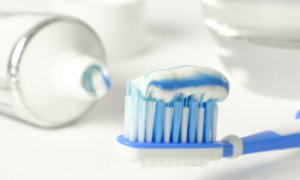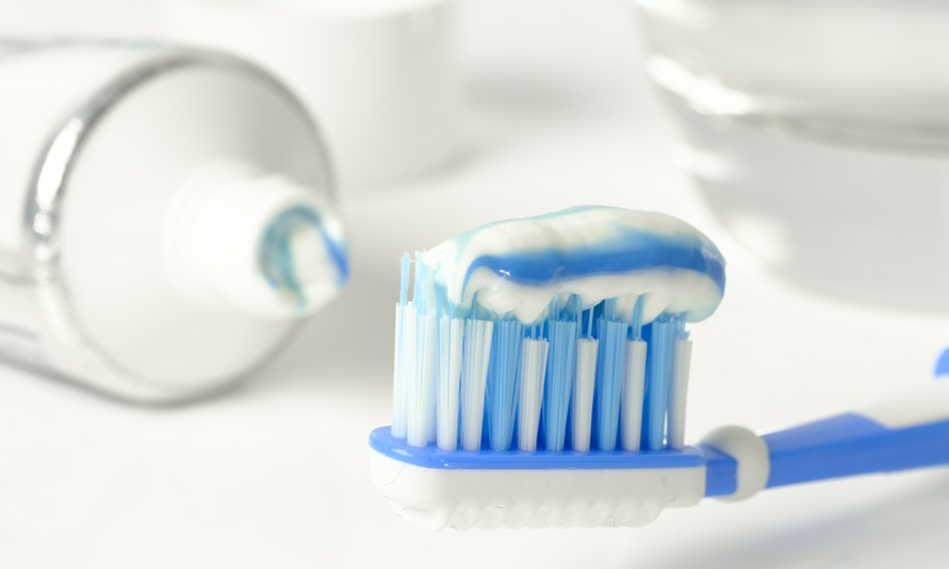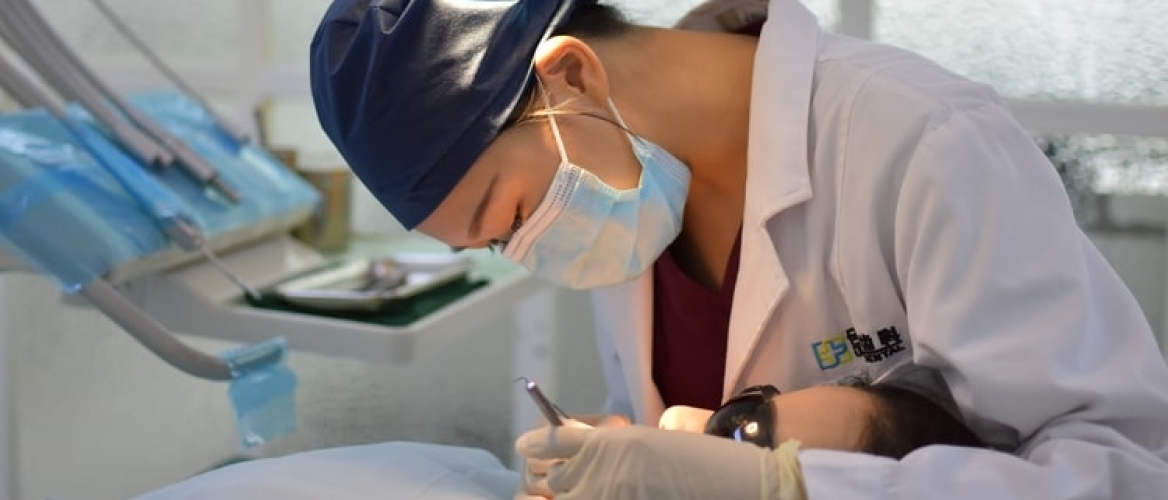You may feel that brushing your teeth is as natural to you as tying your shoe laces. But do you really think that brushing your teeth is that easy? Then think again, because Colgate estimates that around 30% of Americans don’t brush their teeth in an optimal way and often are not even brushing their teeth for long enough. So, we’re left wondering how exactly Colgate, and other dental experts expect us to brush our teeth, and are we making the same mistake as the American public?
The right toothbrush
One of the first questions that we need to answer is what type of toothbrush should we use? For instance, which is better, an electric toothbrush or a manual toothbrush? Well, according to specialist advice, such as the NHS, it doesn’t really make much of a difference, as long as both are used correctly. Both can achieve the best results, although it is true that many people find that an electronic toothbrush can achieve these results more easily. The most important thing about a toothbrush is that the bristles are strong enough to remove plaque and bacteria, but soft enough to move around the tooth and really get into the gums. For this reason, medium or soft bristles are usually the ideal solutions.
The next important factor in choosing the right toothbrush is the head size. Although there is no correct answer with size, it is important to ensure that the head of the brush is small enough to ensure that you can reach all areas of your mouth. Although a small brush head may mean that you have to focus more on ensuring that you don’t miss any spots, any part of your teeth that you continually miss is going to cause a much greater problem.

The right toothpaste
Next thing to consider is the type of toothpaste that you use. The most important thing is the fluoride content of the toothpaste. With a lot of ‘natural’ toothpastes hitting the shelves these days, some people are beginning to question whether you actually need fluoride in your toothpaste. However, according to the people who truly understand how to look after your teeth, fluoride, in the right quantities significantly contributes to preventing tooth decay. This works by stopping a process called demineralisation, as the fluoride molecules fill small gaps in your teeth that later develop into cavities. So how much fluoride should be in our toothpaste? At least 1350 parts per million (PPM), with children ideally using toothpaste that contains no more than 1500 PPM.
What about technique?
So, now that we’re certain that we have the right equipment, what about the right technique? Well, there are a few considerations. Firstly, and simply, it is important to brush the right number of times a day. Everyone, unless advised otherwise by a dentist, should be brushing their teeth at least twice a day.
It is also incredibly important to make sure that you’re brushing your teeth for enough time. Although most of us do not reach this milestone, the most effective brushing should take two minutes. If filling that time sounds challenging, then chances are that you’re not quite doing a full brush. Ideally, you should brush in stages. This means along the full gum line, back and forth scrubbing each tooth individually. Then do this on the inside surface of the tooth and the bottom surface of each tooth. Furthermore, it is important to brush your tongue. Not just for getting rid of bad breath, but also making sure that your mouth isn’t a haven for bacteria.
Another trick which is often missed is to avoid rinsing and spitting. Of course, no-one wants to go around with a mouthful of a strong tasting, plaque-filled saliva/toothpaste mix. For this reason, it makes sense to spit. However, as the fluoride is good for your teeth, you want to keep it on your teeth for as long as possible. By rinsing your mouth with water or mouthwash, you’re washing that good fluoride away, which minimizes the benefits. For optimal dental hygiene, try to use mouth wash before or well after you brush your teeth.
Any other tips?
The last top tip is to floss. Although we’re all probably sick of hearing it, and dentists are doubtless sick of telling us, flossing is extremely important. Flossing before brushing your teeth dislodges food that has become stuck between your teeth. It also gets rid of plaque that is building up in places which are difficult to brush. If you’re struggling to get rid of bad breath or sensitive gums, flossing will likely make a difference.
Of course, if you have any problems with your teeth, it’s always best to talk to your dentist about them. However, any advice or solutions that your dentist gives you will always have to be considered in conjunction with maintaining good dental hygiene. In looking after your teeth, it is very much a two-person job. By making sure to brush your teeth properly, you can be confident that you are at least doing your part!
What is the best way of brushing your teeth? – Download in PDF





